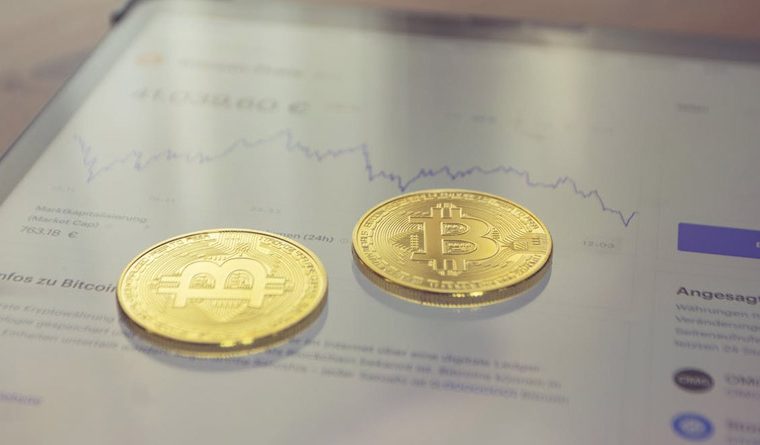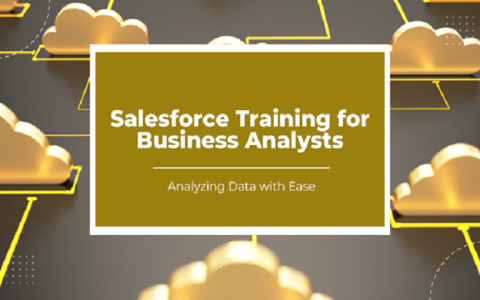
Many traders are interested in accessing the volatile metals market, an area of the financial system long closed to retail investors. With the exception of certain precious metals such as gold, which in both physical and derivative form is freely traded like a currency, metals have historically been very difficult to access for retail traders. This is the result of the general character of other market participants: mining and metals processing firms do not have a lot in common, nor do they see any benefit in having retail investors acting as speculators in the same markets. This is possibly a mistaken view, as speculators play an important part in the overall functioning of the metals market, but the prejudice remains. CFDs are an interesting prospect in that the absence of a physical underlying makes them uniquely suited to trading difficult-to-access markets.
CFDs on metals have revolutionised retail access to these markets, as they can be traded in small quantities, allow for copious amounts of leverage, and do not require physical delivery. A brief comparison of CFDs versus the traditional metals market follows below, but traders using CFDs need to be aware that these are products which can lead to significant losses if misused. Always use proper risk management techniques and ensure you really understand both the contract you are buying and the price action of its underlying asset.
CFDs
CFDs – contracts for difference – are a legally binding agreement to exchange a lump sum based on the change in value of an underlying asset trading on the open market. Neither party owns the underlying as part of the trade, and it is possible to trade with significant amounts of leverage. Not legal in all jurisdictions (notably the US and Hong Kong), where they are traded CFDs have become popular retail products, though they often result in losses for traders. CFDs are available on a large range of underlying metals.
Futures
Futures contracts are standardised contracts to accept delivery of a fixed volume of a metal on a given date. They are among the oldest financial products in existence, and the most traded. Popular with miners and metals processors, for retail traders futures suffer from high minimum lot sizes often costing tens of thousands of dollars. Although you can close out a futures contract for another as it expires, preventing you from accepting physical delivery, they are more geared towards hedgers who are capable of sending and receiving physical stocks of metal. Mini-futures exist with smaller minimum lot sizes, and these are prized by retail investors.
Forwards
Forwards have all the same characteristics as futures contracts, except that they are traded OTC rather than on centralised exchanges. This means there is a greater risk of counterparty default, and often (but not always) reduced liquidity, but on the other hand ensures greater flexibility around contract sizes and physical delivery. For this reason, they are quite popular with retail investors, although caution is advised as some forward contracts are illiquid.
Physical metals
Many investors hold a small amount of physical gold, as a sort of insurance policy. It is also possible to pay for gold storage in dedicated vaults, and similar services exist for platinum, silver and other precious metals. For industrial metals, with a much lower value per weight, this is not practical for retail investors, unless you happen to own a warehouse somewhere. For industrial hedgers and speculators this is a very important way of trading metals, and huge amounts of the most commonly traded metals are kept in long term storage worldwide. For most retail investors however, physical delivery is something to be avoided.
Metals ETFs
One interesting option is trading ETFs that track the price of a metal. These exist for both precious and industrial metals, and come in two main types. In the first, the fund either holds stocks of physical metal or trades derivative products to track its price. This is best for investors who want to access the live market price of a given metal. The second are ETFs holding the stock of metals or mining companies, tracking the price of an index based on the sector. This is great for investors who want equity exposure and predict strong growth in the metals market, but is a less exact way of sharing in the price gains of a specific metal. Lastly, specialised ETFs exist which return a multiple of the daily price move in a metal contract – these are highly sophisticated hedging products and should be avoided by retail investors. If a fund has ‘2 times’ or similar in its name it is probably an unwise trade.
Mining stocks
Finally, investors can always use the old fashioned method of buying stocks in metals and mining companies. Mining shares tend to follow the price of the metal mined quite closely, but they are subject to the risk of an individual mine failing or insolvency. Metals processing firms have a complicated relationship with metals prices, benefiting from strong demand but suffering when prices spike too high. For these reasons mining shares are considered slightly different to ‘classic’ metals trading.
Conclusion: making a choice
CFDs have the benefits of never risking physical delivery, allowing for significant leverage, and access to a huge range of underlying assets. The risks they present are well-documented, and many of their benefits can turn to problems in the wrong hands. Traders looking to share in the price action of common metals should consider all of their options, and confirm carefully whether or not a CFD is the best way to access the particular risk they are interested in. Alternatives such as forwards, physical metals and shares in mining companies likewise each have their own downside, and no one product is right for every situation. In order to ensure you make the best financial decisions possible, it pays to be as up-to-speed as you can be on the different features of each metals project. Hopefully after reading this article you are further down the road towards that goal.



